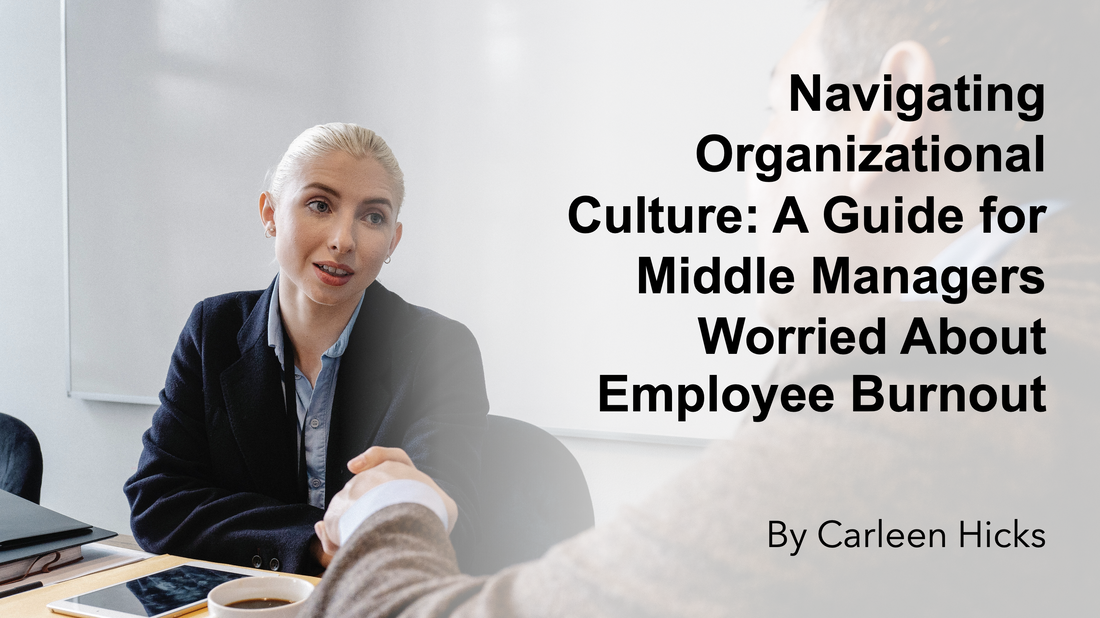|
For over 15 years, I hustled in the high-tech sector, where burnout was an all-too-common phenomenon. That industry, with its bold ambitions, tantalizing prospects, and relentless boom-and-bust cycles, often placed employee wellbeing on the back burner (and still does). As someone who has experienced the pain of serial layoffs firsthand, both as a leader and an employee, I've witnessed the devastating impact of burnout on a workforce. The high-tech sector is not alone in creating an environment for burnout. In many of today's fast-paced work environments, burnout has spread its toxic tendrils across sectors and industries, affecting employees far and wide. Unfortunately, many of these individuals hesitate to confide in their managers about their burnout concerns due to deep-seated fears and anxieties. This hesitance deprives leaders of the crucial, proactive conversations that could revolutionize their teams' overall productivity and individual performance. This has a negative impact on leaders trying to hold together teams, because you too are an employee with a stake in this matter. So, to support your role as a leader, here are the five most significant concerns employees have when discussing burnout with their leaders I learned about from working in the "burnout zone" AND the ways to overcome them.
Overcoming the five biggest employee concerns about discussing burnout requires removing barriers to important conversations that support the wellbeing and future success of your team and organization. This is about more then offering yoga classes or promoting self-care, it's about seeking out the systemic aspects of your workplace employees can't influence, the ones that contribute to burnout. By addressing burnout with empathy and understanding, and sharing your concerns and strategies with upper management, you can take the necessary steps towards creating a more sustainable work environment that proactively addresses employee exhaustion and boosts productivity. You may also enjoy these articles:Click on the picture to read the blog.
0 Comments
Your comment will be posted after it is approved.
Leave a Reply. |
|
|




